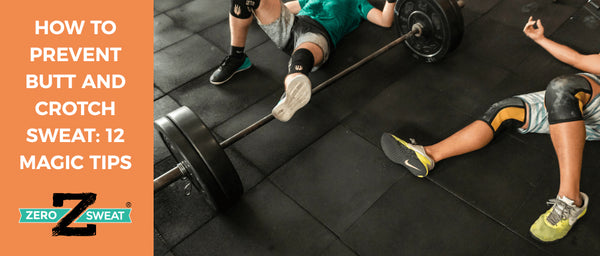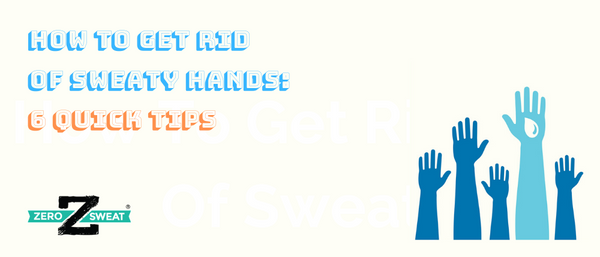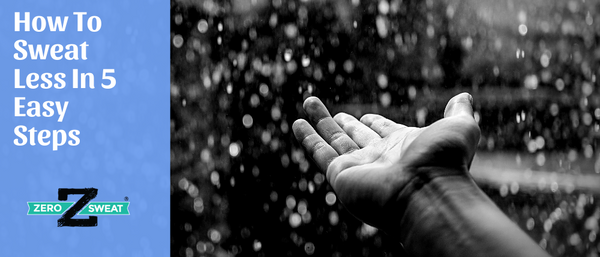7 Differences Between Deodorant And Antiperspirant You Should Know
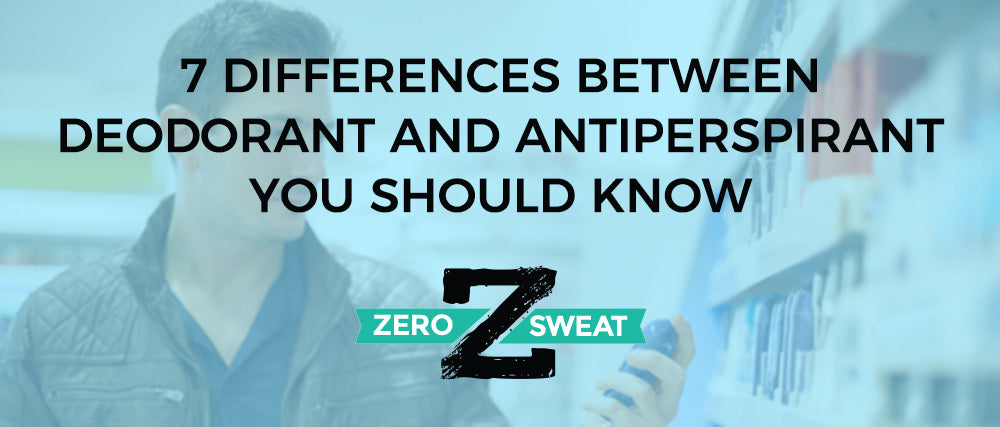
Let’s face it, we all sweat. There are people who sweat a little and there are those who sweat a lot. Those who suffer from excessive sweating, also known as hyperhidrosis, face embarrassment from both the wetness and the body odor associated with excess moisture. Embarrassing odor and moisture can ruin a first date, destroy your confidence during a job interview, and completely annihilate your self-esteem. There is a solution! You can have dry armpits and get rid of body odor. You just need the right product. Most people don’t realize that deodorant and antiperspirant are not the same and use the two interchangeably. To add to the confusion deodorants and antiperspirants are sometimes combined into one product so you get SOME of the benefits of both.
We’re laying out the facts in the Deodorant vs. Antiperspirant debate to help you know what will work best for you.
-
They Serve Completely Different Purposes
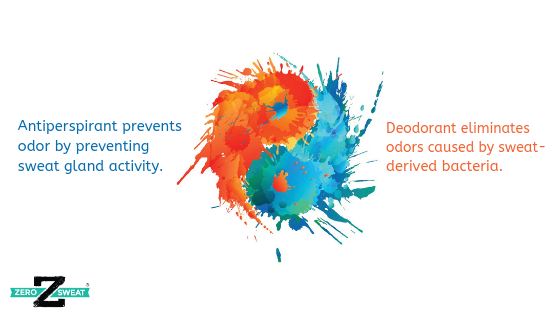
Sweat itself doesn’t actually smell. Surprise! Body odor is actually created when the bacteria on your skin combines with sweat. Bacteria grows best in a moist and warm environment. That’s why the prime real estate for bacteria, like your underarms, are usually the smelliest. Both deodorants and antiperspirants are applied in an effort to help prevent body odor, but they do it in completely different ways.
Their functions are explained when you break down their names. De-ODOR-ant masks, absorbs, or prevents odors. Deodorants work by killing the bacteria on your skin. When you sweat there’s less bacteria to grow and create odors. Anti-PERSPIRE-ant prevents perspiration. By eliminating or reducing the moisture it inhibits bacterial growth and can get rid of body odor.
Think of it as deodorants are an ambulance at the bottom of a cliff while antiperspirants are a fence at the top. In this case, prevention is much better.
-
They Have Different Active Ingredients
The active ingredient in deodorant is usually alcohol. It can also contain cornstarch, activated charcoal, baking soda, or other acidic or salty ingredients that kill the bacteria that cause body odor. Fragrances are often added to help mask any odor that happens to break through.
The active ingredient in antiperspirant is aluminum, although sometimes it contains zirconium as well. Aluminum reacts with the moisture on your skin and creates a plug on top of your sweat glands which stops you from sweating wherever antiperspirant is applied.
-
They are Classified Differently by the FDA
Deodorants kill bacteria and help keep your underarm area smelling fresh. The FDA classifies deodorant as a cosmetic because it does not stop any natural body functions. It only kills surface bacteria and prevents odors while not addressing the issue of sweat.
Antiperspirants are classified by the FDA as a drug because it interacts with the body’s natural function of sweating. Antiperspirants block sweat glands and don't allow moisture and wetness to seep through.
-
They Should Be Used On Different Parts Of The Body
Sweat glands are located all over our bodies. There are some parts, like underarms and the groin, that are more prone to body odor because the sweat glands located there excrete more fats and proteins. These fats and proteins mix with the bacteria on your skin creating unpleasant odors. That’s why when your face or hands sweat there is not an odor.
Deodorant is typically applied to only the underarms. If it is applied anywhere else, it can cause skin irritation or rashes. Unlike deodorant, you can apply antiperspirant anywhere, under your arms, on your face, in the groin area, under the breasts, on your feet, etc. If it sweats, you can use antiperspirant there.
-
For Optimum Effectiveness, They Should Be Used at Different Times

Deodorant provides temporary protection so it's best to use it in the morning. If you apply it right after your shower, make sure you thoroughly dry your underarms first for maximum effectiveness. However, you should use antiperspirant at night before bed. It takes time for antiperspirant to start working, so it's best to apply it at night when your sweat glands are less-active and your core body temperature is lower. Sometimes, it's best to use a combination of the two - your antiperspirant at night before bed, and your deodorant first thing in the morning and throughout the day for quick touch-ups.
-
Both Deodorant and Antiperspirant Are Safe
In the past there have been claims that deodorant and antiperspirant were not safe and could even cause cancer. This simply is not true. The FDA and other government agencies such as the National Cancer Institute have stated that there is no correlation between the use of deodorants and antiperspirants and cancer.
-
Neither One Can Completely Eliminate Wetness - Mostly
We know that deodorant has no effect on the moisture and wetness associated with sweating. The “deodorant aisle” antiperspirants don't completely do it either. It's important to sweat at least a little bit because it lowers your body's core temperature, and for that reason, most antiperspirants only reduce your sweat by 20 to 30 percent. But if you suffer from excessive sweating and your shirts and other articles of clothing are soaked after only a short time, it might be time to discuss a more strongly formulated antiperspirant like ZeroSweat.
Bottom Line: ZeroSweat Is An Effective Clinical-strength Antiperspirant
We know that ZeroSweat works. Guaranteed. It contains a higher concentration of Aluminum Chloride at 15%. Creating a stronger barrier against sweat. If you are ready to get your confidence back and be sweat free, we make a full line of products for sweaty hands, sweaty armpits, sweaty feet, or any other uncomfortably sweaty area. Check out our products here.

